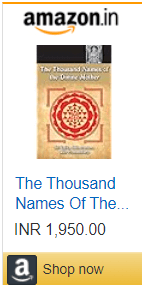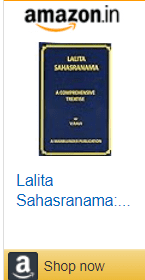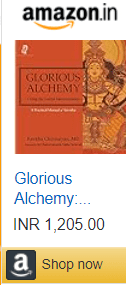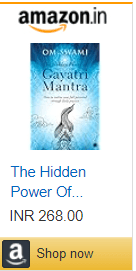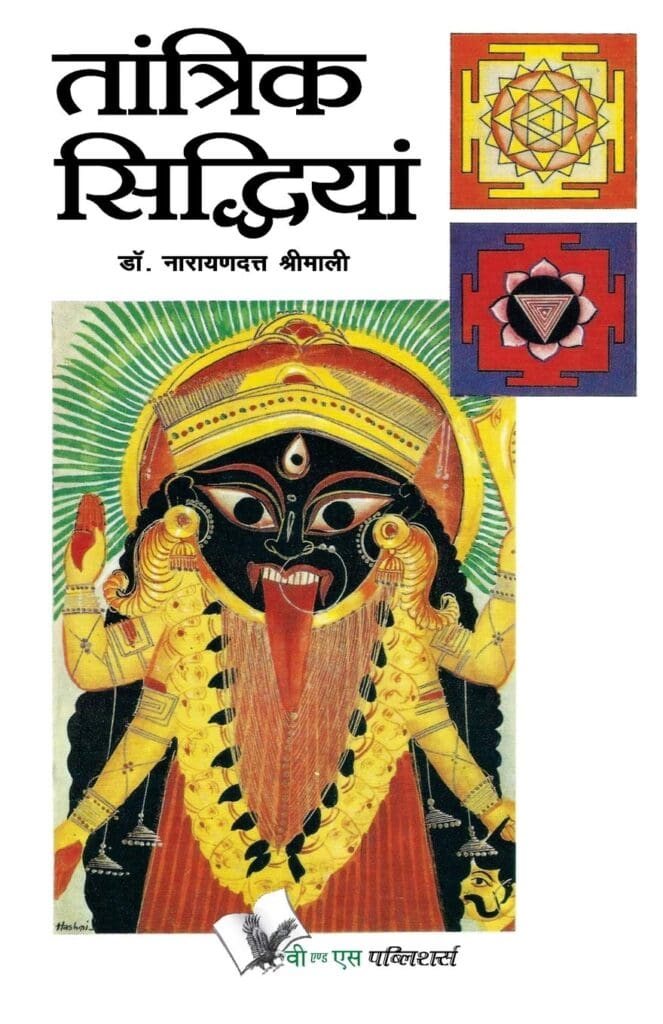lalita sahasranama Marālī-manda-gamanā
मराली-मन्दगमना STANDS as Marālī – (female swan) Hamsa, manda-gamanā – graceful, swaying gait.
Mantra Sadhana & Benefits
The symbolism of Mother Divine (Sri Mata) emerges from the Chidagnikunda (Name 4), proceeding towards the congregation of gods and goddesses, her walk is often likened to the elegant movement of a swan. However, this comparison doesn’t truly do justice to her unique grace, as her gait is beyond comparison.
The Divine Mother’s walk is characterized by gracefulness and a measured pace. Typically, the stride of men is compared to the powerful gait of tigers or lions. In contrast, the walk of women is often likened to the gentle tread of elephants or the dignified grace of swans. Walking quietly, without making any noise, is a quality in itself. It’s important not to drag one’s feet while walking. This is not just detrimental to health, but it is also considered a flaw (dosha), indicating a lack of vibrancy (Tejas) and spiritual alignment (Yogam) in the person who drags their feet
Hamsa is synonymous with Maraali and symbolizes our breath or life force, which flows through the 72,000 nadis (energy channels) in our body via the Sushumna Nadi. The processes of inhalation (Ha) and exhalation (Sa), occurring through the Ida and Pingala Nadis that coil around the Sushumna Nadi, are referred to as Hamsa – Soham. This concept is detailed in the Guru Gita, where Soham-Hamsa is explored. Hamsa, with ‘Ha’ standing for Shiva and ‘Sa’ for Shakti, is another representation of the union of Shiva and Shakti. Although our breath is singular, it divides into two actions: inhalation and exhalation.
This duality mirrors the concept of Shiva and Shakti, two distinct energies that together form the singular Parabrahman. One cannot exist without the other, akin to how our breath cannot cease at just inhalation or exhalation. This union of Shiva and Shakti exists within us as Pranasakthi, our vital life force. It is only the yogi, through the practice of meditation and observance of breath, who becomes acutely aware of this intrinsic presence.
Vedic Mantra Wisdom:
Our breath (gamana) being gentle and slow (manda) is not only key to a longer life but also provides a glimpse of the Divine Mother (Devi). This state of manda gamana is typically achieved during spiritual practices like Japa (chanting), Tapa (austerity), and Upasana (worship). Mastering Pranayama is crucial for attaining this graceful and slow breath. In the realm of saints and yogis, there are four levels of breath, or Pranayama, in Upasana, namely, 1. Kutichaka, 2. Bahudaka, 3. Hamsa, and 4. Paramahamsa, with Paramahamsa being the most exalted. Devi safeguards all these types of Yogis. These Yogis observe their breath (gamana) and use it as a means to attain bliss or liberation.
The nine rasas (essences and emotions) have an impact on our emotional state. These nava rasas are: love (Shringara), laughter (Haasya), compassion (Karuna), anger (Roudra), bravery (Veera), fear (Bhayaanaka), disgust (Bheebhatsya), wonder (Adbhutha), and peace or tranquility (Shaanta). These nine types of breath correspond to the nine Avaranas (enclosures) in the Sri Chakra, with the ninth, tranquility (Shaanta), representing the Bindu sthana (central point) in the Sri Chakra.
Mantra Chant & BENEFITS –> 4 Steps – 41 Days – 1 Round Mala
To be free from enemies, the mantra “ॐ मरालीमन्दगमनायै नमः” is recommended. It should be chanted for one round of mala, which is 108 times over a period of 41 days, termed a mandala.
- Benefits: To be free from enemies
- Mantra Chant: ॐ मरालीमन्दगमनायै नमः।
- Number of Times: 1 Round of Mala or 108 times
- Number of Days: 41 Days (Mandala)




